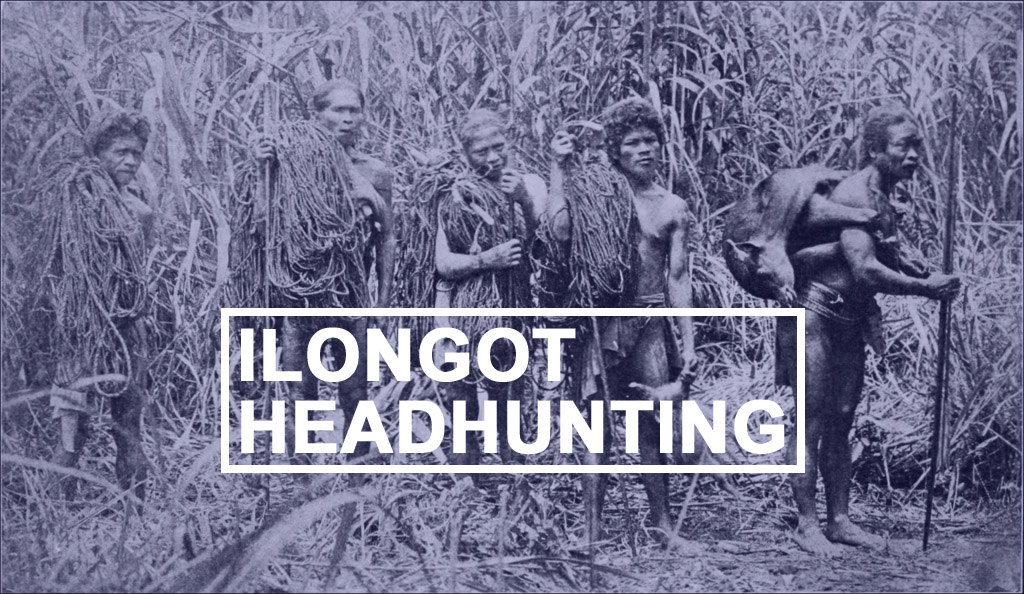Deep in the rolling mountains of Northern Luzon, far from the hustle and bustle of Metro Manila exists the beautiful landscapes of the Cagayan Valley. The Valley – mostly consisting of the region between the Cordilleras and the Sierra Madre mountain ranges – is home to some of The Philippines most iconic landmarks.
Apart from its beautiful scenic views, the Cagayan Valley is also known to house a peculiar tribe of people whose cultural practices have drawn the attention of anthropologists from around the world.
To address the culturally unique elements of this tribe I will first take you through the mythology subscribed to by these people – the Bugkalut or the more common expression used by tribal outsiders, the Ilongot people.
Creation mythology of the Ilongot people
Those familiar with the Abrahamic religions will know the story of Cain and Abel; found in the Bible Book of Genesis. Well, the Ilongot people follow a creation myth very similar to the story of Cain and Abel.
According to the Ilongot people, the creators of the universe are two quarrelling brothers who go by the name Cain and Abel. Abel was a shepherd who is known to have been looked upon favourably due to his propensity to self-sacrifice. While Cain, who worked in agriculture was known for his inclination towards chaos. The Ilongot people identify those who live down in the lowlands as following the spirit of Abel.
The Ilongot people identify those who live down in the lowlands as following the spirit of Abel. They view them as superior as well as having had learned to work with the domesticated animals such as Carabao. Interestingly, the Ilongot see themselves as following in the footsteps of Cain and his spirit of chaos.
This is because the Ilongot have long been known as a tribe of headhunters. Like Cain, in moments of grief or intense emotion, the Ilongot have an inclination towards murder.
Manifestation of liget in the Ilongot tribe
After the loss of a loved one, a rage of bereavement arises in the men of the Ilongot. While under this condition – identified by the tribe as liget – the men of the Ilongot would hunt and kill other men.
This intense emotional state labelled as liget became the motivation for many cultural practices and “rites of passage” for the tribe. The spirit of liget has been described as a sense of anger, heat, energy, and envy.
This emotional state which often leads to headhunting manifests itself in many situations. It is used in times of warfare, elders harness the power of the emotional state in such situations. An unsettled feud or the death of a loved one may also lead to headhunting.
It is also a requirement that a young man must kill before he can marry. Once the headhunters return, a pig is sacrificed as well as there typically is a celebration amongst the whole tribe.
In modern times, there has been a crackdown on the headhunting carried out by the tribe. Protestant missionaries then began to make contact with the tribe; before that time, the Ilongot people had no regular contact with the major world religions.
Many members of the tribe began to practice Christianity, the intense emotional states of the tribal members began to subside. The members were no longer reaching those previously intense emotional states of linget. This meant the tribes people no longer resort to murder and headhunting as an expression of this emotional state.
